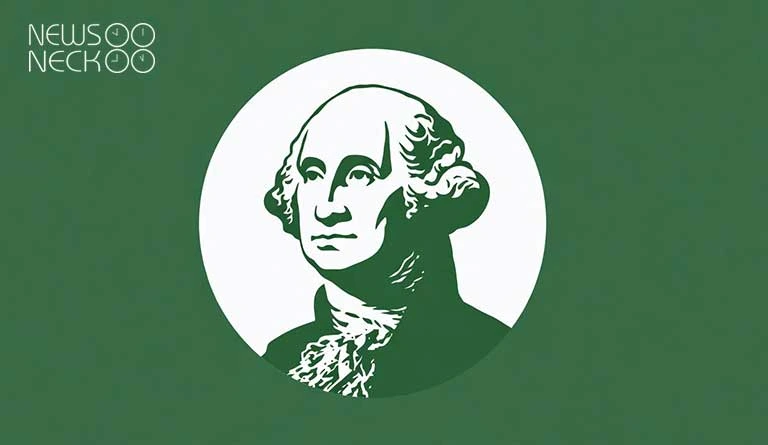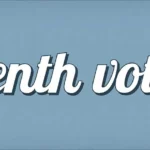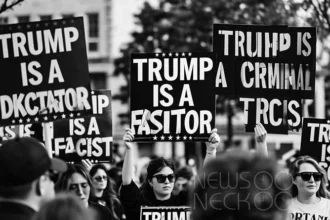An Order from the Bench: The Human Cost the Shutdown Could Not Hide
There is a moment in any prolonged political crisis when the abstract becomes concrete. The talking points and the partisan arguments, which echo so loudly in the halls of Congress, suddenly meet a harder reality. For the hundreds of thousands of federal workers living in the anxious grip of the government shutdown, that moment arrived not from a legislative deal, but from a courtroom.
On Thursday, a federal judge issued a powerful and temporary block against the Trump administration, stopping it from firing federal workers as a consequence of the ongoing government shutdown. The ruling was a stunning judicial rebuke, cutting through the political noise to focus on the human beings caught in the middle. The judge’s reasoning was simple, direct, and moral: the human cost of such firings “cannot be tolerated.”
This decision is more than a legal maneuver; it is a narrative shift. It reframes the shutdown from a political stalemate into a story about the stability of American life and the limits of executive power.
The Case of the “Essential” Worker
The lawsuit was brought by a coalition of federal employee unions, representing workers who have been forced to work without pay deemed “essential” as well as those furloughed. Their argument was that firing them for not being able to work without a paycheck was a profound injustice, a punishment for a situation they did not create.
The administration had argued that the shutdown, now stretching into its third week, necessitated “efficiency” measures. This bureaucratic language hinted at a drastic step: converting the involuntary furloughs of hundreds of thousands of workers into permanent terminations. For those workers, the fear of a missed mortgage payment was suddenly replaced by the terror of permanent unemployment.
The judge’s ruling pierced this cold calculus. By highlighting the “human cost,” the order forced a public conversation about what a job truly means. It is not merely a line in a budget; it is the foundation of a family’s security, the source of dignity, and the means to participate in the economy. To sever that connection for political reasons, the judge suggested, was a step too far.
You Must read it: U.S. Seizes $225M in Global Pig Butchering Crypto Scam:
A Temporary Shield and a Larger Battle
The order is a temporary restraining order, a legal pause button. It does not end the shutdown, nor does it guarantee that workers will ultimately be protected. What it does is create a crucial breathing space. It prevents the administration from taking the most drastic action while the courts fully consider the legal merits of the case.
This legal battle is part of a larger, more fundamental conflict over the nature of the American government and its relationship with its citizens. The ruling implicitly questions whether the immense power of the federal government can be used to impoverish its own workforce as a tactic in a political dispute.
The table below outlines the core conflict as seen from the courtroom:
| The Administration’s Position | The Court’s Initial Response |
|---|---|
| Argued for “efficiency” and managerial flexibility during a funding lapse. | Found the potential human cost of mass firings to be intolerable. |
| Suggested furloughs could be converted to terminations to manage the shutdown’s impact. | Issued a temporary restraining order to block such firings, preserving the status quo. |
| Framed the issue as a matter of governmental operations. | Reframed it as a matter of individual rights and economic survival for workers. |
For the workers themselves, the ruling is a lifeline. It is a recognition from a powerful institution that their plight is real and that their jobs are not merely disposable items in a budget debate. The anxiety has not disappeared, but the immediate threat of being fired for a situation beyond their control has been, for now, lifted.
A Story of Two Governments
The judge’s order reveals a stark divide. In one version of America, the government is a machine that can be turned on and off, its workers treated as components that can be unplugged during a power failure. In another, the government is a compact a promise of steady service and stable employment that forms the backbone of the nation’s middle class.
The shutdown has exposed the fragility of this compact. The judge’s ruling is an attempt to reinforce it, to assert that there are some costs those paid in lost homes, shattered credit, and family turmoil that a civilized society should not ask its citizens to bear.
The political standoff in Washington continues, a high-stakes game of chicken with no end in sight. But in a quiet courtroom, a different message was sent: the human consequences of this failure are not just collateral damage. They are the heart of the story. The temporary block on firings is a shield, but the underlying war over the value of public service and the dignity of work is one that will long outlast this shutdown.
Author: Yasir Khan
Date: 16 Oct, 2025
For More Updates, visit Newsneck













